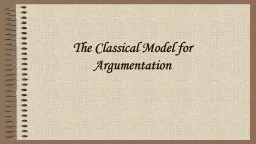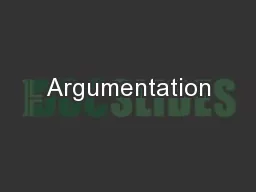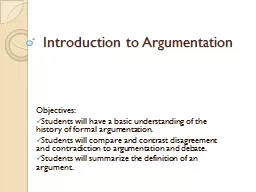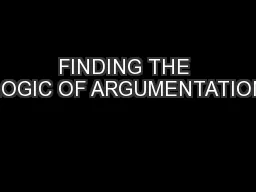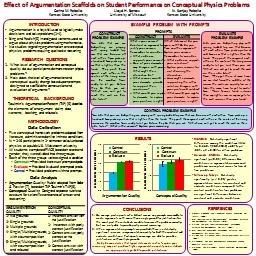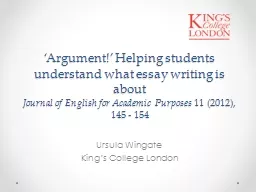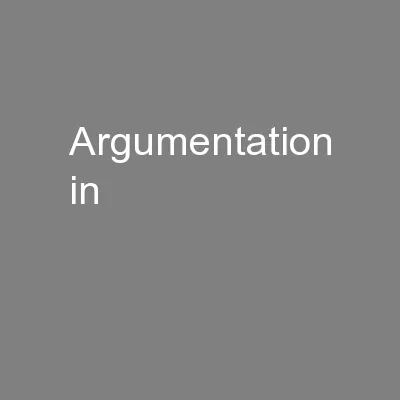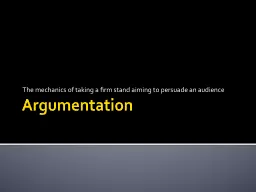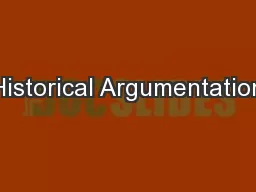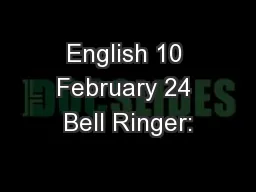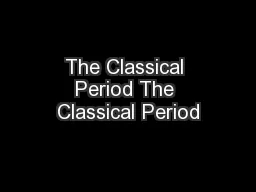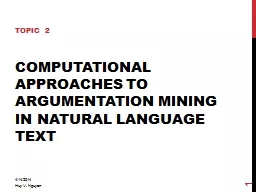PPT-The Classical Model for Argumentation
Author : mitsue-stanley | Published Date : 2017-08-29
QW Prior Knowledge What do you know assume remember or imagine about the Classical Argument Based on this name and some of the things weve been discussing what
Presentation Embed Code
Download Presentation
Download Presentation The PPT/PDF document "The Classical Model for Argumentation" is the property of its rightful owner. Permission is granted to download and print the materials on this website for personal, non-commercial use only, and to display it on your personal computer provided you do not modify the materials and that you retain all copyright notices contained in the materials. By downloading content from our website, you accept the terms of this agreement.
The Classical Model for Argumentation: Transcript
Download Rules Of Document
"The Classical Model for Argumentation"The content belongs to its owner. You may download and print it for personal use, without modification, and keep all copyright notices. By downloading, you agree to these terms.
Related Documents

